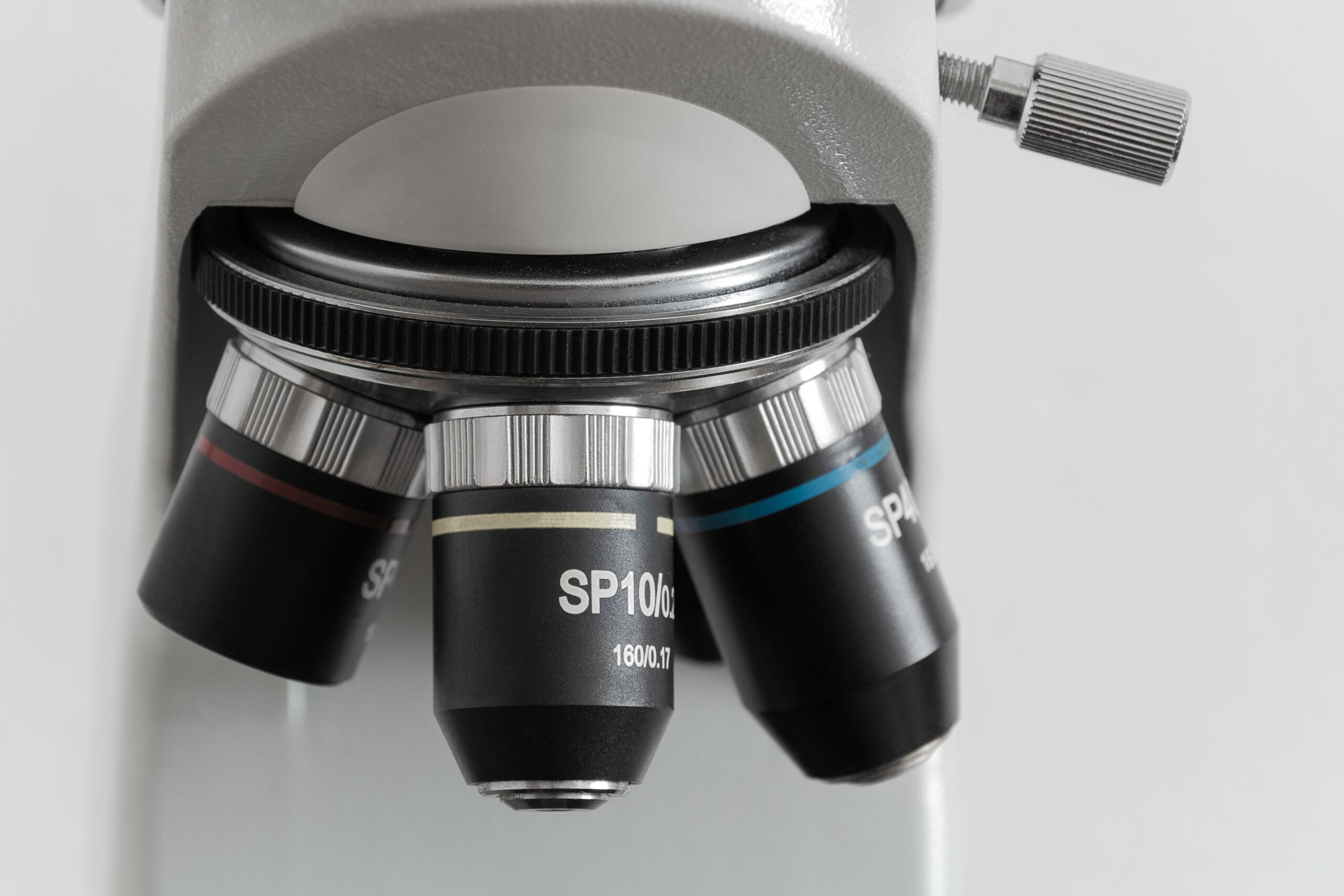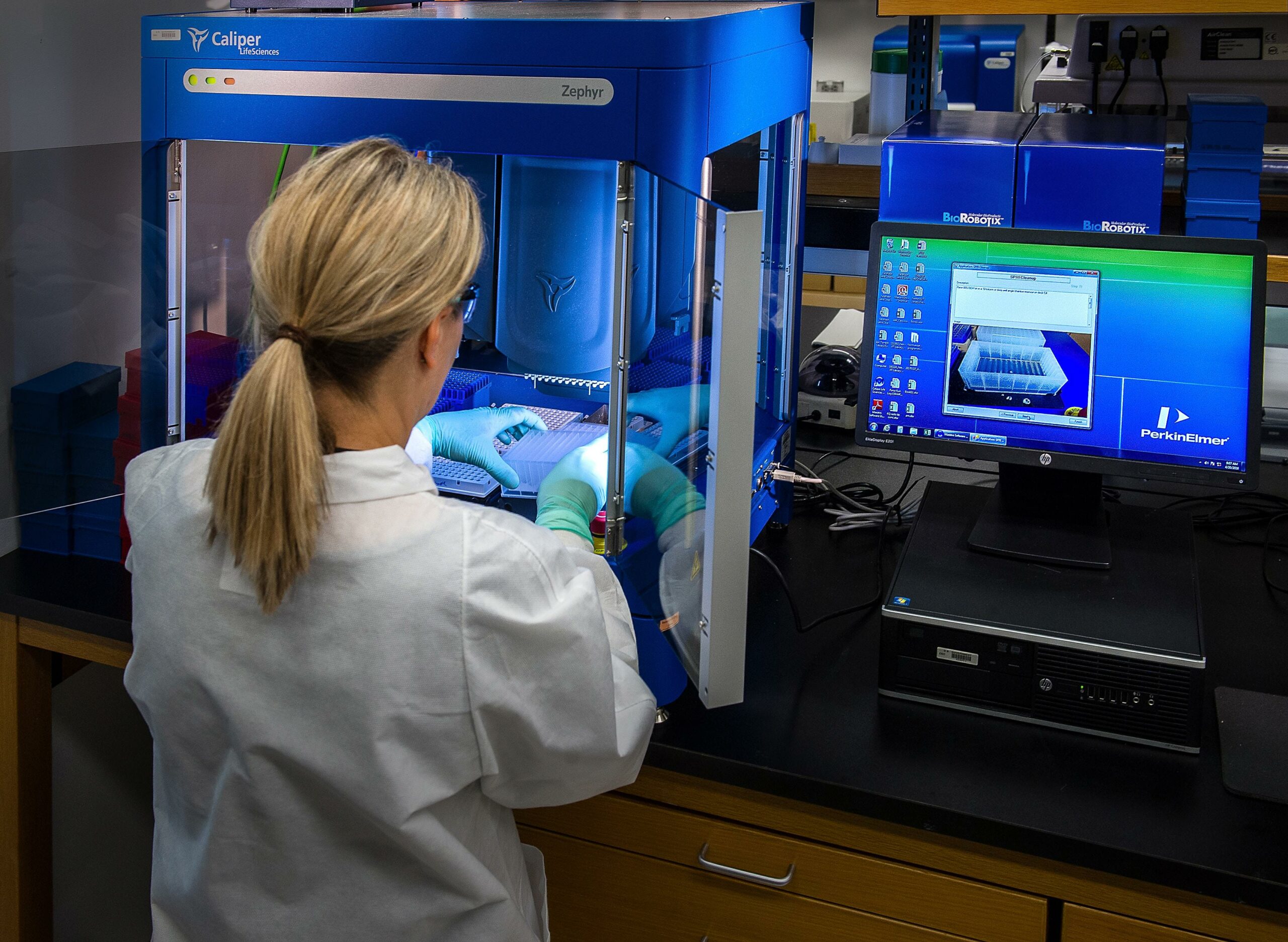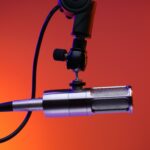Are you ready to unlock the hidden world that lies beneath the lens? In this article, we delve into the fascinating realm of stereo microscopes and uncover the essential facts that will leave you astounded. Whether you’re a science enthusiast or simply curious about the microscopic wonders that surround us, join us on this journey as we explore the incredible capabilities of stereo microscopes. Get ready to dive into a realm where ordinary objects transform into extraordinary marvels and discover the secrets that lie hidden in plain sight. So, buckle up and prepare to be amazed by the astonishing facts about stereo microscopes that will open your eyes to a whole new dimension of the unseen.

Facts About the Stereo Microscope
Have you ever wondered how scientists unlock the hidden world of tiny specimens? That’s where stereo microscopes come into play. These remarkable instruments provide a three-dimensional view of objects, allowing for detailed examinations that reveal the intricacies of the microscopic world. In this article, we’ll dive deep into the fascinating facts about stereo microscopes and explore their essential features and applications. So, fasten your seatbelts as we embark on this captivating journey!
1. Exploring the 3D Realm: At the heart of a stereo microscope’s design lies its unique ability to provide a three-dimensional view of a specimen. Unlike compound microscopes that rely on a single objective lens, a stereo microscope utilizes separate objective lenses and eyepieces for each eye. This ingenious construction mimics human vision, creating a highly immersive experience that brings specimens to life. With this powerful tool in hand, researchers can examine the spatial relationships and intricate structures of objects, unlocking hidden details that would otherwise remain unseen.
“With its separate objective lenses and eyepieces for each eye, the stereo microscope takes us on a breathtaking journey into the mesmerizing world of 3D.”
2. Not Just a Magnification Game: While compound microscopes steal the spotlight with their high magnification capabilities, stereo microscopes offer a different value proposition. They may have lower magnification power, but what they lack in magnification, they make up for in working distance. The working distance refers to the space between the objective lens and the specimen. Stereo microscopes provide a significantly longer working distance, allowing ample space for manipulation and examination. This feature proves invaluable in various applications, especially when working with delicate samples or conducting intricate procedures.
“Stereo microscopes may not boast high magnification, but their longer working distance is a game-changer when it comes to sample manipulation and delicate procedures.”
3. No Preparation Needed: When using a stereo microscope, one can bid farewell to the hassle of sample preparation. Unlike compound microscopes that often require complex preparation techniques, stereo microscopes enable instant examinations. Simply place your specimen under the microscope, and you’re ready to dive into the hidden details. This convenience saves time and effort, making stereo microscopes an ideal choice for quick and efficient observations.
“With a stereo microscope, there’s no need to endure the arduous process of sample preparation. Just place your specimen under the lens, and let the exploration begin!”
4. Shedding Light on the Surface: Another advantage of stereo microscopes is their reliance on top (reflected) light for illumination. Unlike compound microscopes that require a bottom (transmitted) light source, stereo microscopes make use of the ambient light bouncing off the specimen’s surface. This approach allows for surface examination, making them perfect for analyzing objects like plants, animals, and crystals. Whether you’re admiring the intricate details of a flower petal or examining the exquisite structure of a gemstone, a stereo microscope provides a clear and vivid view of the specimen’s surface.
“Thanks to their reliance on top light, stereo microscopes illuminate the surface of objects, revealing the mesmerizing details that lie on the top layer.”
5. Versatile Applications: Stereo microscopes find applications in a wide range of fields, making them an indispensable tool for researchers and professionals. From examining delicate electronic circuits to analyzing intricate watch mechanisms, stereo microscopes offer unparalleled precision and clarity. In the realm of medicine, they play a crucial role in microsurgery, allowing surgeons to perform intricate procedures with enhanced visualization. These versatile instruments prove their worth in countless industries, enabling professionals to unlock hidden details and make groundbreaking discoveries.
“Stereo microscopes aren’t limited to one field of study. They find their place in various industries, from electronics to medicine, aiding professionals in making precise observations and driving innovation.”
6. Less is More: It’s fascinating to note that a staggering 99% of stereo microscope applications utilize magnifications of less than 50x. While compound microscopes can achieve much higher magnifications, stereo microscopes are adept at providing detailed observations at lower magnification levels. This fact highlights the unique value proposition of stereo microscopes: they excel at capturing the broader picture rather than focusing on small details. By offering a wider field of view and a comfortable working distance, stereo microscopes enable researchers to explore and understand the overall structure and context of a specimen.
“In the world of stereo microscopes, it turns out that less is indeed more. These instruments excel in offering a broader perspective, allowing researchers to appreciate the overall structure and context of a specimen.”
In conclusion, stereo microscopes unlock the hidden world of tiny specimens, enabling researchers to delve into the complexities of the microscopic realm. With their three-dimensional capabilities, longer working distances, and surface illumination, stereo microscopes offer a unique and immersive experience. From examining specimens in industries like electronics and medicine to exploring the wonders of the natural world, these versatile instruments continue to play a vital role in scientific discovery. So the next time you peer through a stereo microscope, remember the wealth of information it unveils and the incredible journey it takes you on. Happy exploring!
To learn more about stereo microscopes and their fascinating applications, check out the following resources:
– microscope-detective.com
– microscopeinternational.com
– microscope.com
– microscopeworld.com
– laboratoryinfo.com
The world of microscopes is fascinating and filled with wonders waiting to be discovered. If you’ve ever been curious about the facts surrounding these incredible scientific tools, then this is the perfect opportunity to dive into the fascinating realm of microscopy. Get ready to be amazed and impressed as we explore the numerous intriguing aspects of microscopes. Click here to uncover some mind-blowing facts about the microscope: facts about the microscope.
Fascinated by the world of microscopy? Dive into a fascinating journey exploring remarkable facts about the stereo microscope. This incredible tool allows you to observe objects with stunning depth perception and enhanced three-dimensional clarity. Discover how the stereo microscope works, its applications in diverse fields such as biology, industrial inspection, and forensics, and the intricate details it unveils. With a quick click on the link, you can uncover captivating stereo microscope facts that will leave you in awe. So, buckle up and embark on a captivating adventure into the realm of this remarkable instrument. Interested in knowing more? Check out these facts about stereo microscope!
FAQ
Q: What is a stereo microscope?
A: A stereo microscope is an instrument that provides a three-dimensional view of a specimen using separate objective lenses and eyepieces for each eye.
Q: How does a stereo microscope differ from a compound microscope?
A: Unlike a compound microscope, a stereo microscope has lower magnification but offers a longer working distance for examining specimens.
Q: Does a stereo microscope require sample preparation or the use of a bottom light?
A: No, stereo microscopes do not require sample preparation or the use of a bottom (transmitted) light, making them convenient for quick and direct examination of specimens.
Q: What types of specimens can be viewed using a stereo microscope?
A: Stereo microscopes are primarily used to view specimens such as plants, animals, and crystals, providing detailed observations of their structures and features.
Q: What are the main applications of stereo microscopes?
A: Stereo microscopes find various applications, including working with circuits, watches, and performing microsurgery. They are invaluable tools for tasks that require precision and detailed examination.
- Unveiling the Enigma: Mansoureh Khojasteh Bagherzadeh’s Public Appearances & Private Life in Iran - July 18, 2025
- Unveiling the Mystery: Mansoureh Khojasteh Bagherzadeh’s Husband: A Rare Glimpse into a Private Life - July 18, 2025
- Unveiling Masoud Khamenei’s Mother: Power, Influence, and Iran’s Future - July 18, 2025
















